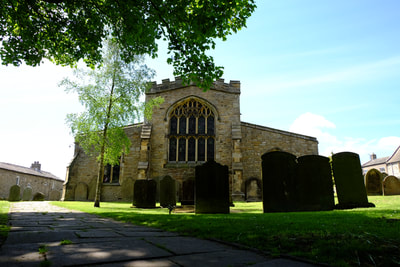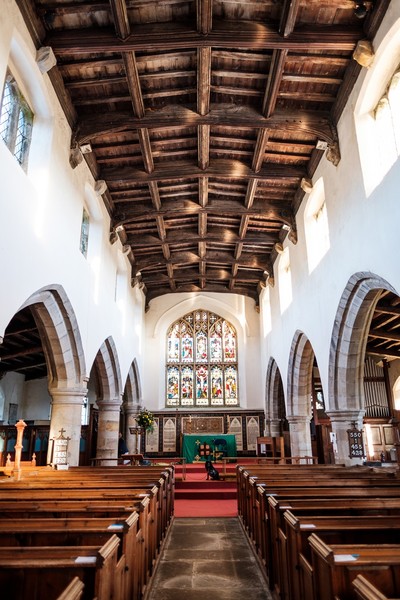
Askrigg is a small village that many pass through as they travel the beautiful route onwards towards Swaledale. Pause to explore and you'll discover some surprising little gems. I think the cakes and pies at Bake-well Cafe are a star attraction in their own right and well worth a trip!
Many visitors come to Askrigg thanks to its fame as a key location when the BBC filmed James Herriot's All Creatures Great and Small, using one of the houses as Skelldale House and the King's Arms as the Drovers'. Look out for photos from the filming in the pub. The King's Arms was built as a coaching inn by John Pratt a renowned racehorse breeder who kept his hunters and hounds in the yard behind the pub. You can still see the semi-circular enclosure although the buildings now belong to a holiday company.
Askrigg's history goes back much further, with some of its wealth created when the Cistercian monks Jervaulx Abbey) grazed their sheep here, but it was really at its peak in the 18th century thanks to knitting and the textile industry. The market cross dates back to 1830. Askrigg was also celebrated as a centre for clock-making, starting with John Ogden in 1680, and continuing through the centuries. You can see some examples from this time in the Dales Countryside Museum in Hawes. Over 60 years ago Marie Hartley and Joan Ingilby told the history of Askrigg in their celebrated book, 'Yorkshire Village'.
See if you can spot interesting features such as the lovely little bridge at the top of the village, the lions (look up!), the market cross, and bull ring set into the cobbles.The Parish Church of St. Oswalds dates from 1446. Pevsner declaimed the nave ceiling to be the "finest in the North Riding". The font is thought to date from before the 15th century.
In Spring sheep are brought down from the moor to lamb in a more sheltered area. This short film (scroll down) captures this time beautifully.
Many visitors come to Askrigg thanks to its fame as a key location when the BBC filmed James Herriot's All Creatures Great and Small, using one of the houses as Skelldale House and the King's Arms as the Drovers'. Look out for photos from the filming in the pub. The King's Arms was built as a coaching inn by John Pratt a renowned racehorse breeder who kept his hunters and hounds in the yard behind the pub. You can still see the semi-circular enclosure although the buildings now belong to a holiday company.
Askrigg's history goes back much further, with some of its wealth created when the Cistercian monks Jervaulx Abbey) grazed their sheep here, but it was really at its peak in the 18th century thanks to knitting and the textile industry. The market cross dates back to 1830. Askrigg was also celebrated as a centre for clock-making, starting with John Ogden in 1680, and continuing through the centuries. You can see some examples from this time in the Dales Countryside Museum in Hawes. Over 60 years ago Marie Hartley and Joan Ingilby told the history of Askrigg in their celebrated book, 'Yorkshire Village'.
See if you can spot interesting features such as the lovely little bridge at the top of the village, the lions (look up!), the market cross, and bull ring set into the cobbles.The Parish Church of St. Oswalds dates from 1446. Pevsner declaimed the nave ceiling to be the "finest in the North Riding". The font is thought to date from before the 15th century.
In Spring sheep are brought down from the moor to lamb in a more sheltered area. This short film (scroll down) captures this time beautifully.



















